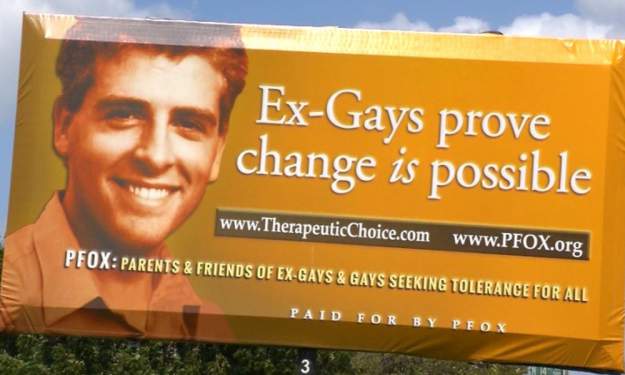As of August 2018, only 14 U.S. states, D.C., and some counties/municipalities have passed laws banning conversion therapy on minors. According to The Williams Institute, around “698,000 LGBT adults (ages 18-59) have received conversion therapy, including about 350,000 LGBT adults who received treatment as adolescents.” This same study estimates that around “20,000 LGBT youth (ages 13-17) will receive conversion therapy from a licensed health care professional before they reach the age of 18.” These numbers show what not many are talking about: the practice of conversion therapy is alive and well within the United States and only slowly coming to an end.
California was the first state to pass a ban on conversion therapy only 6 years ago in 2012. Before 2012, no state had any ban on the practice of conversion therapy on minors- allowing parents to send their children to get “fixed.” The problem, however, is that a state ban only applies to licensed mental health care providers. This technicality leaves the door wide open for conversion therapy by religious and spiritual advisors, meaning that even in states where it is banned, any individual may engage in the therapy as long as they are acting as clergy or a religious counselor.
When looking back at why conversion therapy persists, it is important to look as far back as the mid-20thcentury where heterosexuality and American citizenship were tied together. Since the state was giving equal rights to heterosexuals over homosexuals, the therapy became increasingly popular in order to get equal rights for LGBTQ+ people. Doctors during the 20thcentury understood homosexuality as a medical “problem,” so at first they approached the practice with physical surgery. As psychotherapy began to rise in prominence, some medical professionals began to think it was a developmental problem, not medical. As more practices began to take place, LGBTQ+ people would partake in them because although there was pain, there was a reward at the end. Going through these therapies, surgeries, and procedures meant one could be “cured” and become an equal member in society.
Until these practices are banned, LGBTQ+ Americans cannot be equal members of society because the therapy implies there is a problem to begin with. LGBTQ+ people do not need to be cured or converted, they need to be accepted as they are and these therapies are a mindset that does not allow for that possibility. As some people work on legislature that will ban medical conversion therapy in all 50 states, others are working on the visibility of these stories. Movies such as The Miseducation of Cameron Post and Boy Erased are being released this year with the intention of thrusting the horrors of conversion therapy into public spotlight.
h/t: The Washington Post




Why are these places still
Why are these places still around? I wonder if these places are in more "bible belt" areas?